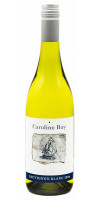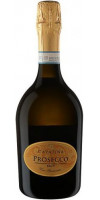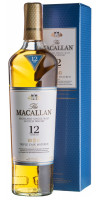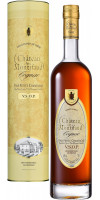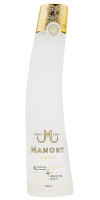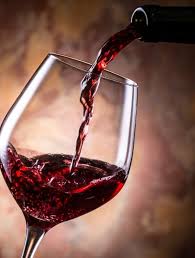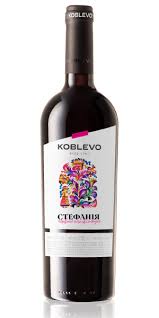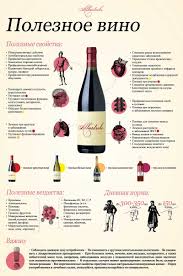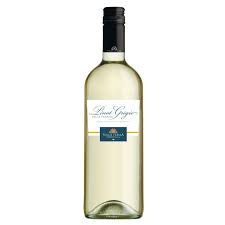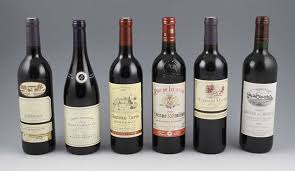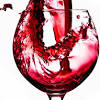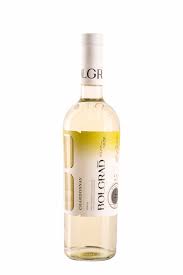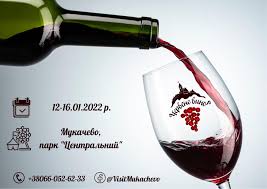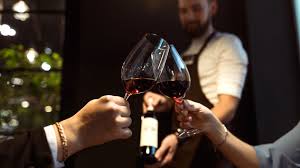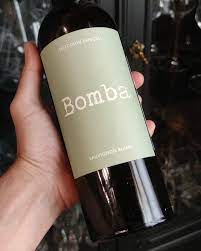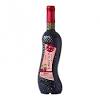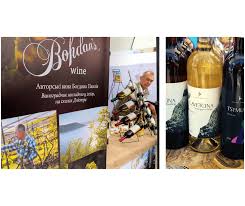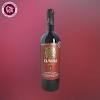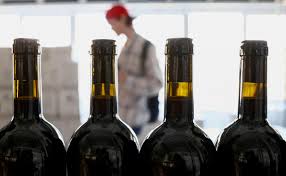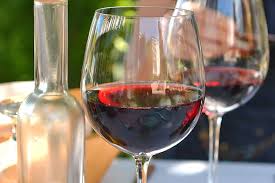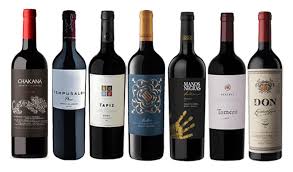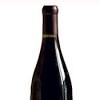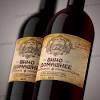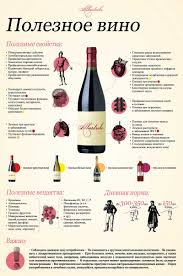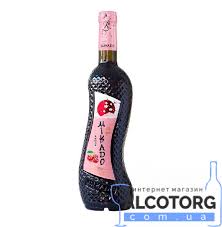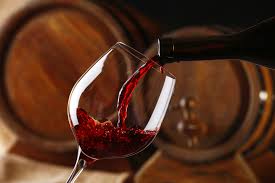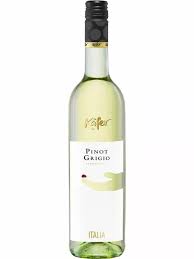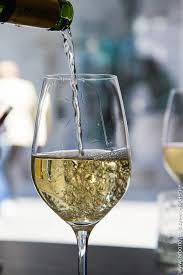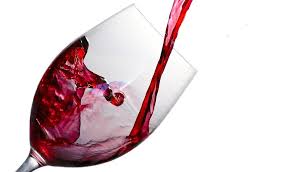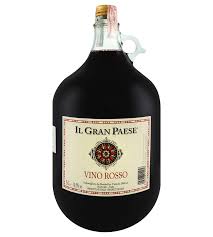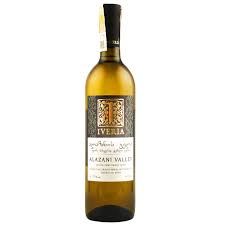
Спасибо за регистрацию в WineRow!
Вы будете уведомлены по электронной почте, как только Ваш Личный Кабинет будет активирован администрацией магазина.
Если у Вас есть какие-то вопросы, пожалуйста напишите нам.
Вы вышли из Личного Кабинета.
Ваша корзина покупок была сохранена. Она будет восстановлена при следующем входе в Ваш Личный Кабинет.
дисконтнаиа карта
Научно-исследовательские учреждения Украины работают в перспективных направлениях для улучшения развития виноградарства и виноделия: повышение продуктивности сортов винограда, разработка и внедрение эффективной системы борьбы с вредителями и болезнями, на основе использования экологически безопасных препаратов, усовершенствования селекционной работы, разработка современных экономико-правовых принципов управление рынком винограда и вина с усовершенствованием законодательной базы и т.д. В последнее время создаются дегустационные залы, где знакомят потребителей с гигиеническими, диетическими, органолептическими, лечебными свойствами вин. Это создает предпосылки для формирования культуры потребления, обретения радости и удовольствия. Ведь нужно немало знаний, чтобы воспользоваться красотой и полезными свойствами этого непревзойденного древнего напитка. У цілому структурна перебудова виноградарства України в перспективі вимагає реконструкції й часткової перезакладки насаджень столових, цінних технічних, червоних та аборигенних сортів. Потрібно розробити й впровадити механізм зниження позавиробничих витрат, елементами яких повинні стати поглиблення інтеграції виробників винограду, виноматеріалів, готової продукції і торгівлі. Науково-дослідні установи України працюють в таких перспективних напрямах для покращення розвитку виноградарства і виноробства: підвищення продуктивності сортів винограду, розробка і впровадження ефективної системи боротьби зі шкідниками і хворобами, на основі використання екологічно безпечних препаратів, удосконалення селекційної роботи, розробка сучасних економіко-правових принципів керування ринком винограду і вина з удосконаленням законодавчої бази та ін. У 1804 році було засноване Судакське училище, а в 1812 році Нікітський ботанічний сад, з якими пов’язаний розвиток виноградарства та виноробства на Україні. При Нікітському ботанічному саду було організоване виноградно-виробниче навчальне і дослідно-показове господарство «Магарач», на базі якого створено Інститут винограду і вина. В Херсонській губернії наприкінці ХІХ століття князем Трубецьким були закладені 200 десятин виноградних насаджень у своєму маєтку в селі Козацьке. В той час також було створено декілька великих виноградно-виноробних господарств під Одесою і Миколаєвом. В м. Одеса у 1905 році на громадські кошти В.Є Таіровим було організовано виноробну станцію (нині інститут виноградарства і виноробства ім. В.Є. Таірова).
По мне пьётся тяжело, наверное, надо разбавлять льдом или водой. ...
Дмитрий 07.01.2021
Лучший двенадцатилетний виски. Вкус мягкий, с приятной, не приторной сладостью. ...
Андрей 12.10.2022
Хорошее сбалансированное и зрелое вино с приятными нотами ванили и шоколада в бу ...
Маша 08.08.2022
Виски – крепкий алкогольный напиток с собственным характером. В составе присутствуют спирты ячменя, пшеницы или ржи. Производят также виски из кукурузы. Разнообразие видов и сортов огромное, так что в нем не трудно потеряться
ЧитатьСегодня в мире существует 4500 сортов красного вина, что предполагает невообразимое множество вкусов, ароматов и волшебное сочетание нот композиций
Каждый год 4 августа отмечают день рождения шампанского. В этот праздник принято открывать бутылку хорошего игристого и не спеша наслаждаться напитком
ЧитатьМясная гастрономия очень разнообразна. Она не только включает в себя виды основного продукта, но и сотни блюд
ЧитатьЧасто бывает, что в бутылке остается недопитое вино. Конечно, возникает логичная мысль – поставить его в холодильник, чтобы сохранить до следующего повода. Однако...
ЧитатьМногие любители крепких напитков уверены, что виски или скотч нужно пить без закуски, не перебивая вкус напитка продуктами.
Читать
